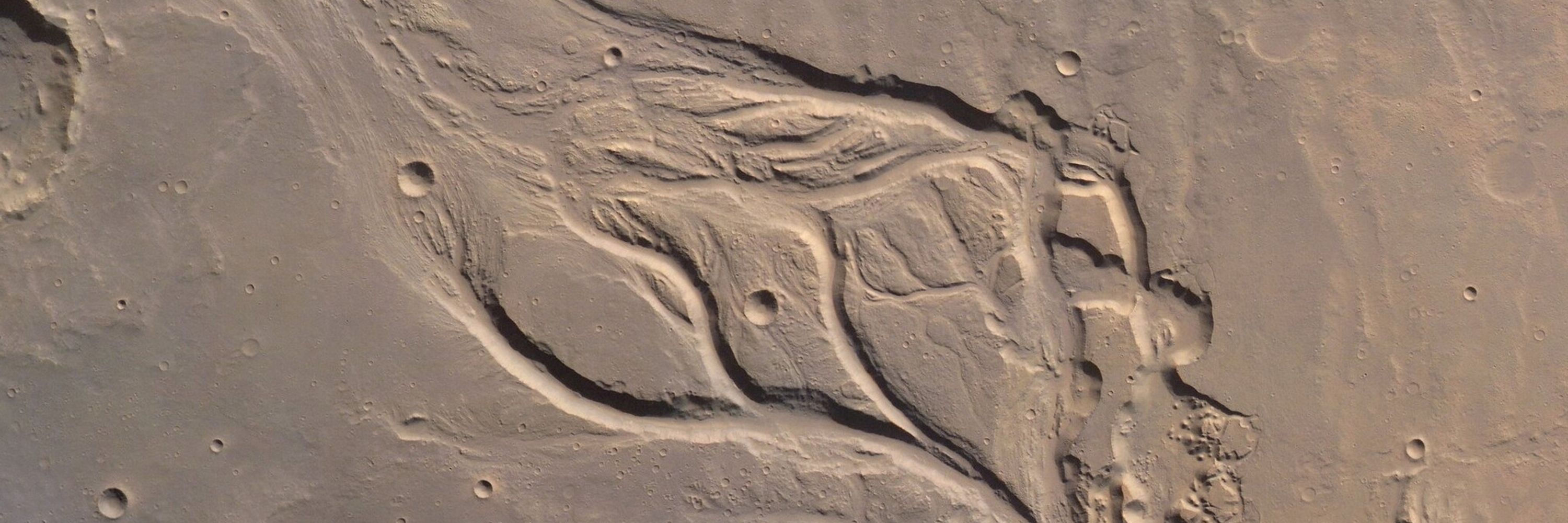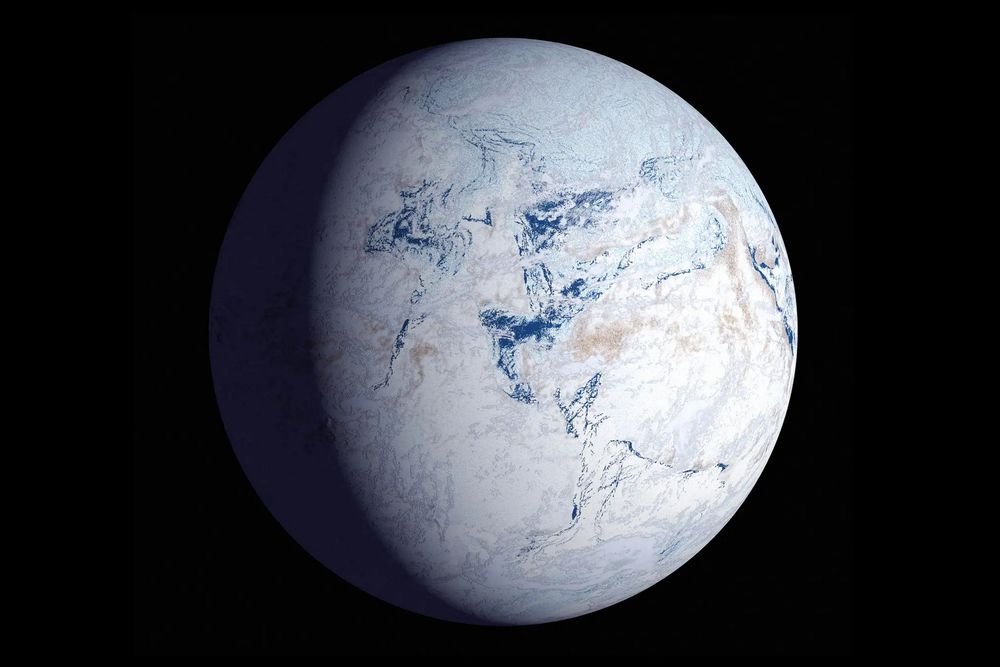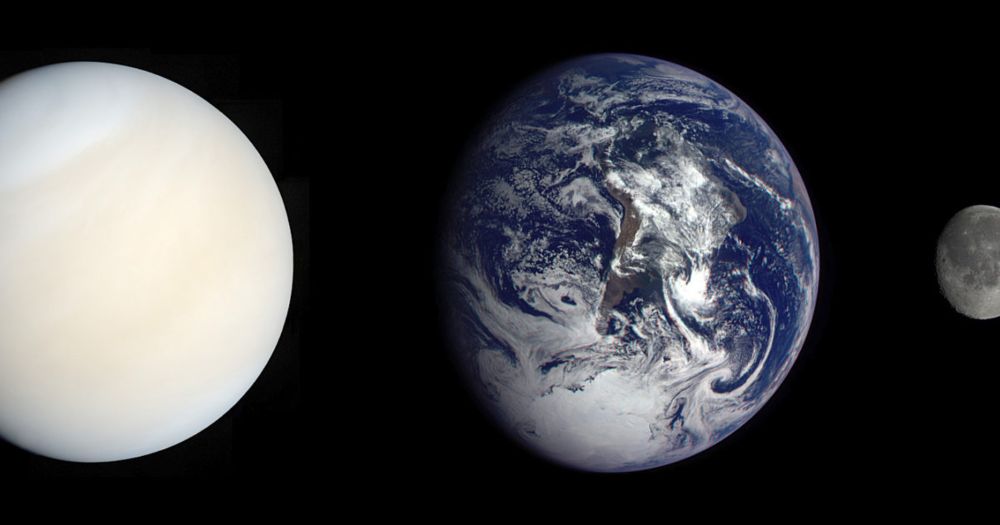Robin Wordsworth
@rdword.bsky.social
320 followers
100 following
31 posts
Physicist/planetary scientist/astrobiologist based at Harvard. Soccer dad in training. Social media native since 2024.
Posts
Media
Videos
Starter Packs
Robin Wordsworth
@rdword.bsky.social
· Sep 4
Judge Hands Victory to Harvard in Funding Lawsuit, Ruling Trump Administration’s Freeze Unconstitutional | News | The Harvard Crimson
A federal judge ruled that the Trump administration violated the Constitution when it froze more than $2.7 billion in research funding to Harvard, striking down the freeze in its entirety and deliveri...
www.thecrimson.com
Reposted by Robin Wordsworth
Reposted by Robin Wordsworth
Reposted by Robin Wordsworth
Robin Wordsworth
@rdword.bsky.social
· Jul 26
Robin Wordsworth
@rdword.bsky.social
· Jul 26
Robin Wordsworth
@rdword.bsky.social
· Jul 26
Reposted by Robin Wordsworth
Lee Billings
@leebillings.bsky.social
· Jul 23
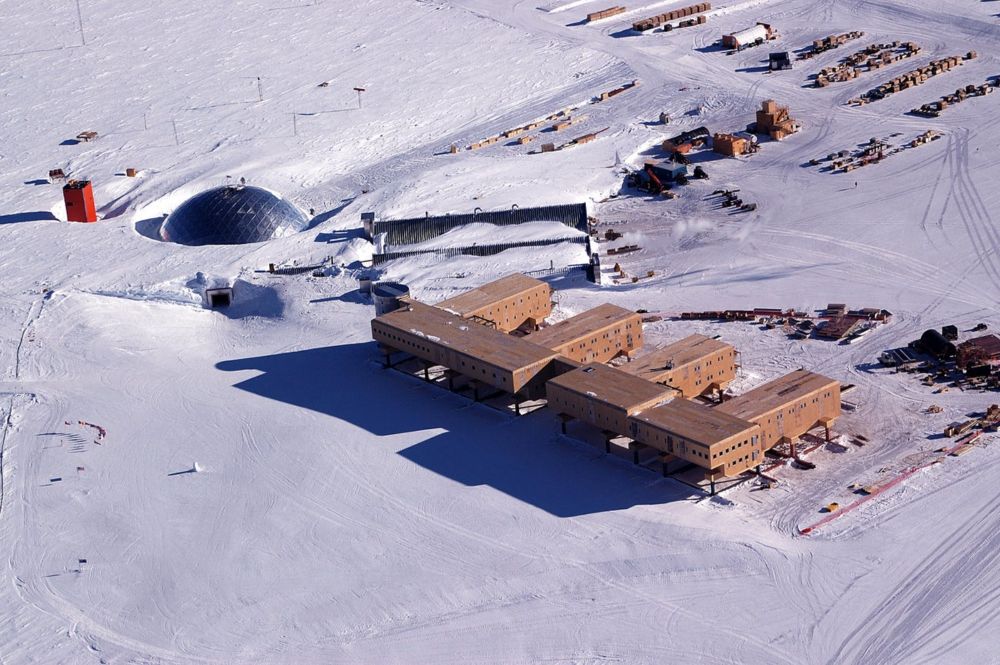
U.S. Pulls Back from Quest to Confirm Cosmic Inflation
Researchers hoped CMB-S4, a $900-million cosmology experiment, would answer one of the greatest questions in physics. Instead it’s become another cautionary tale of pursuing big science amid shrinking...
www.scientificamerican.com
Reposted by Robin Wordsworth
Paul Voosen
@voosen.me
· Jul 15
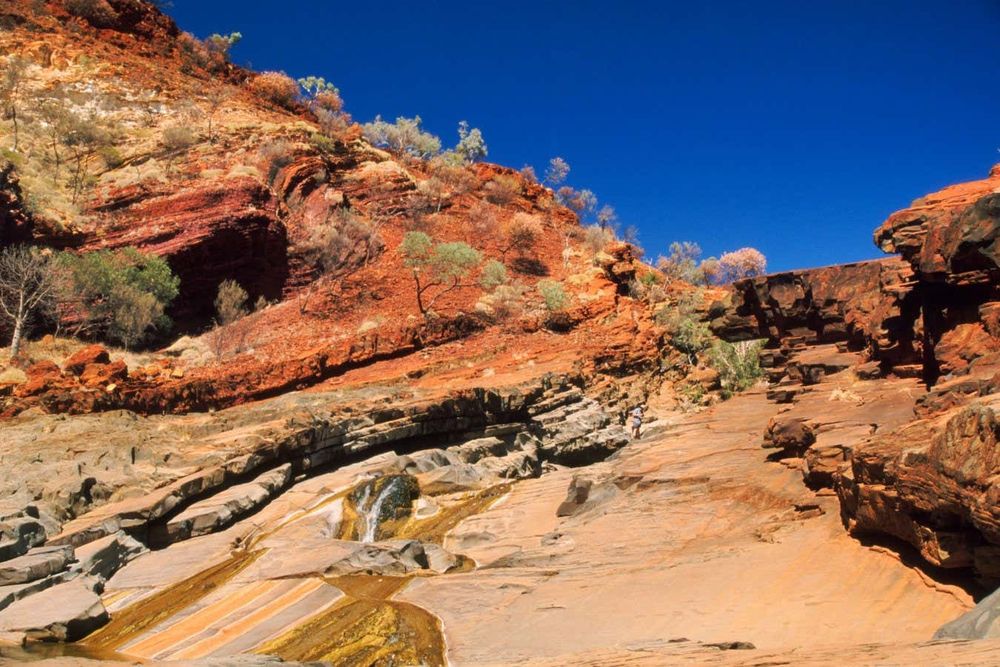
Ancient rocks show earliest evidence of tectonic activity on Earth
The origins of plate tectonics on Earth are hotly debated, but evidence from Australia now shows that parts of the crust moved in relation to each other as early as 3.5 billion years ago
www.newscientist.com
Reposted by Robin Wordsworth
New Scientist
@newscientist.com
· Jul 3
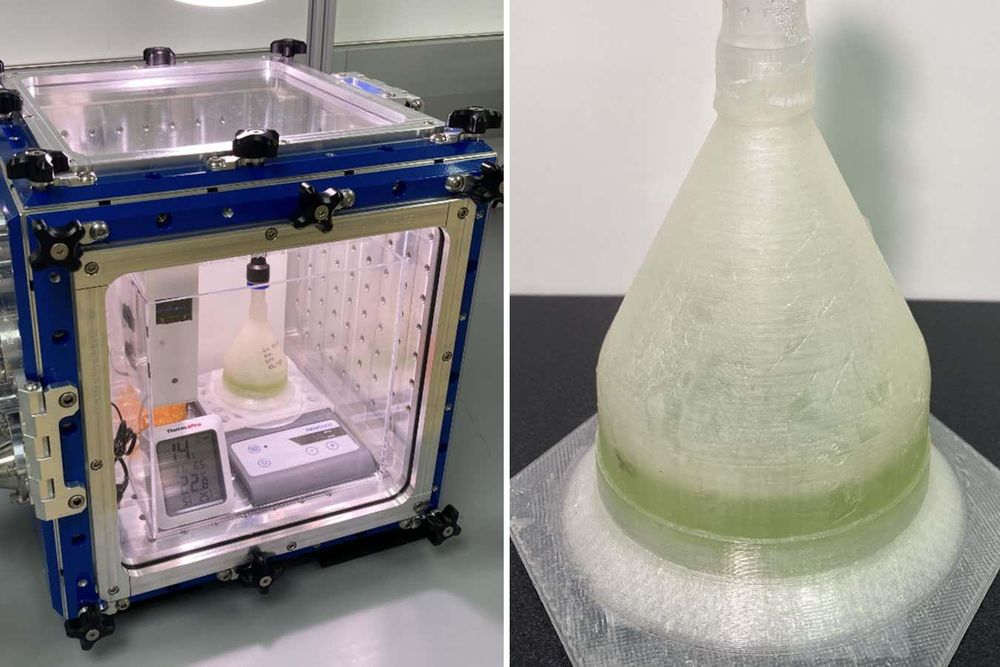
Bioplastic habitats on Mars could be built from algae
A lab experiment that simulated Mars conditions showed that green algae can grow in plastic containers made from the same algae, setting the stage for a self-sustaining system to build habitats on the planet
www.newscientist.com
Robin Wordsworth
@rdword.bsky.social
· Jun 18
Reposted by Robin Wordsworth
ClimateBook
@climatebook.bsky.social
· Jun 16

Convective shutdown in the atmospheres of lava worlds
Atmospheric energy transport is central to the cooling of primordial magma oceans. Theoretical studies of atmospheres on lava planets have assumed that convection is the only process involved in setti...
arxiv.org
Robin Wordsworth
@rdword.bsky.social
· Jun 16
Robin Wordsworth
@rdword.bsky.social
· Jun 16
Characterizing the Radiative–Convective Structure of Dense Rocky Planet Atmospheres - IOPscienceSearch
Characterizing the Radiative–Convective Structure of Dense Rocky Planet Atmospheres, Cmiel, Jessica, Wordsworth, Robin, Seeley, Jacob T.
iopscience.iop.org
Robin Wordsworth
@rdword.bsky.social
· Jun 2
Robin Wordsworth
@rdword.bsky.social
· Jun 2
Robin Wordsworth
@rdword.bsky.social
· Jun 2
Reposted by Robin Wordsworth
Robin Wordsworth
@rdword.bsky.social
· Apr 22
